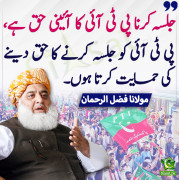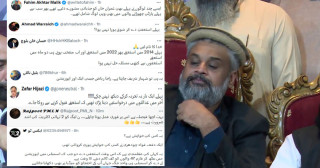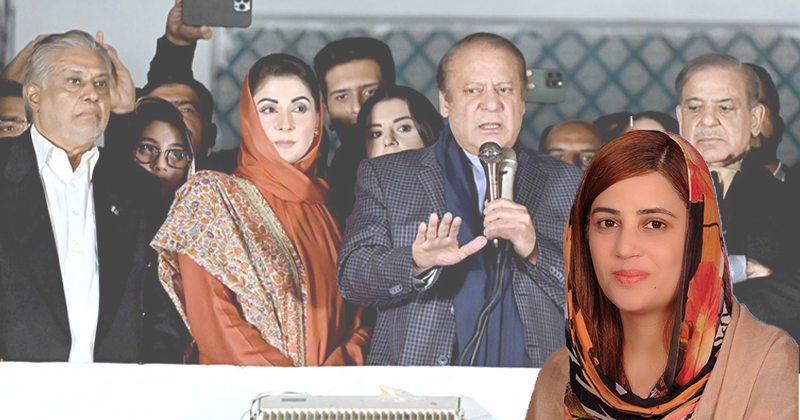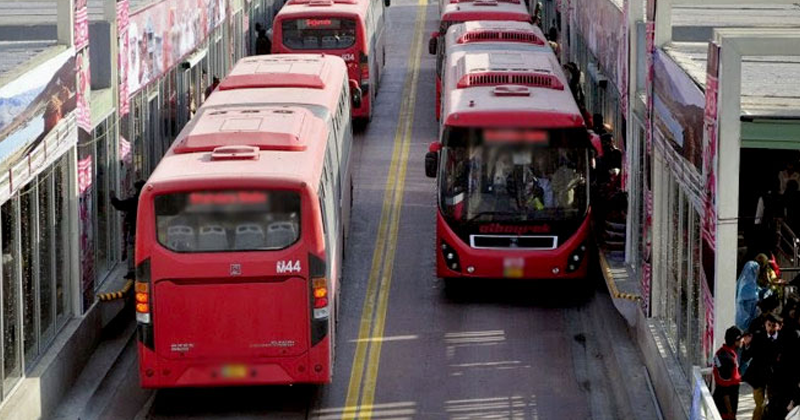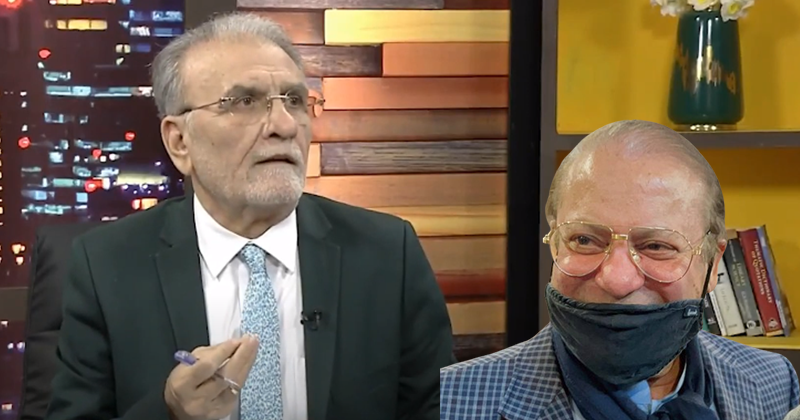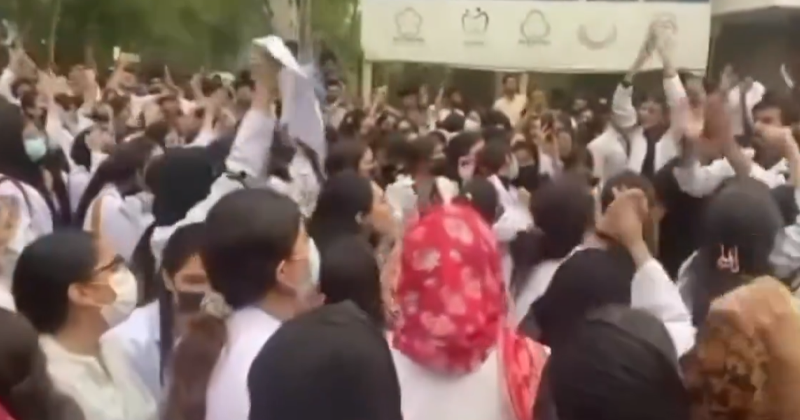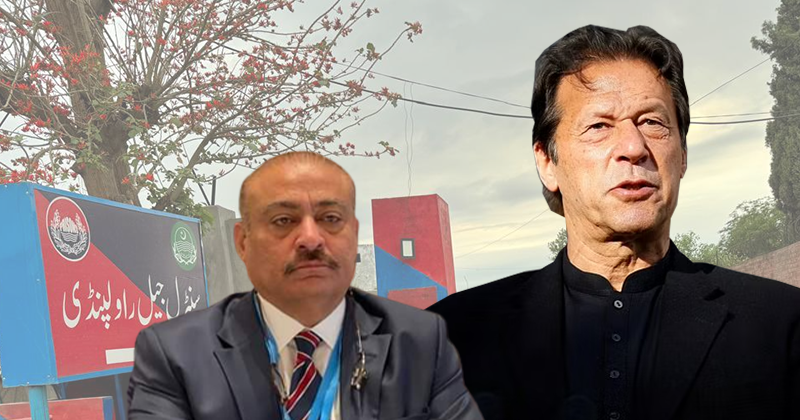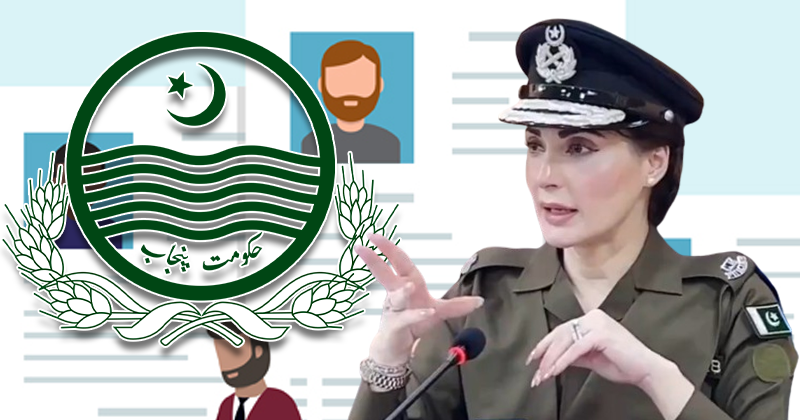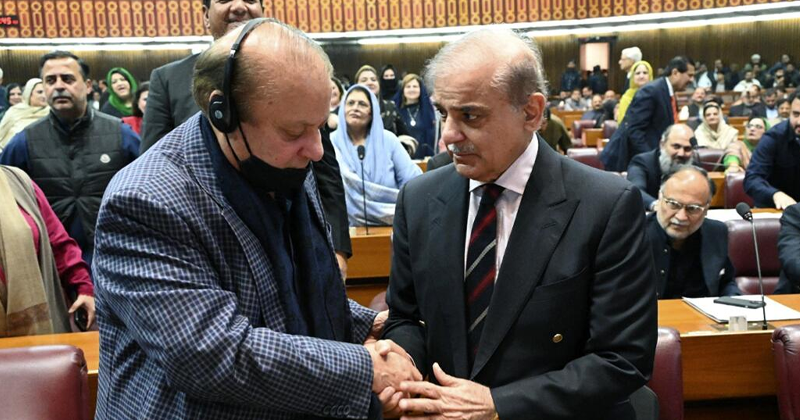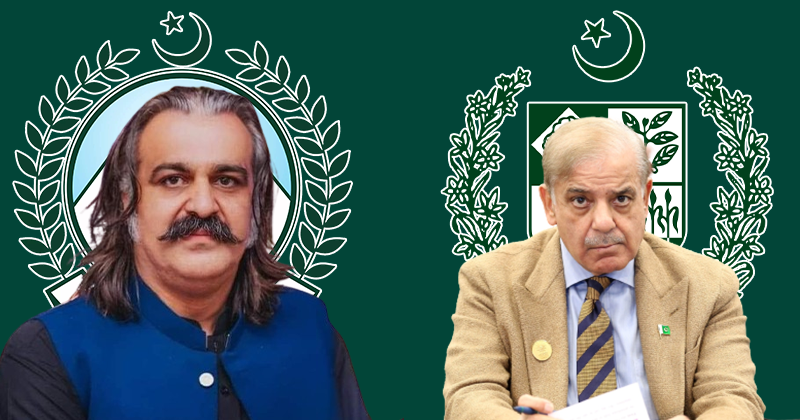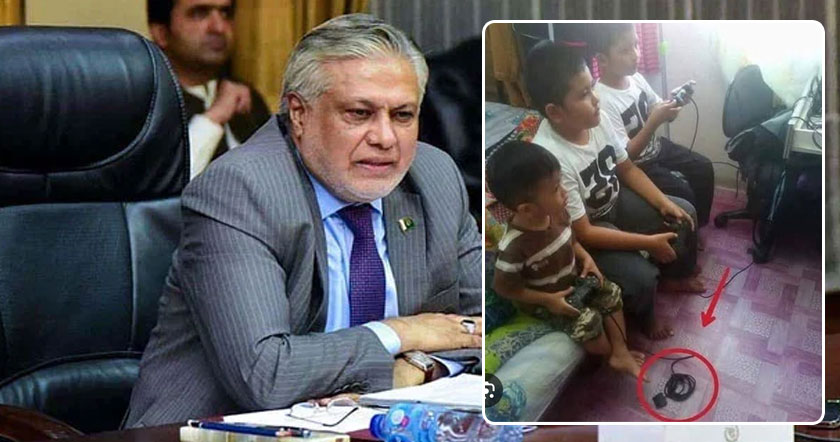Ownership of durables like computers, home appliances and vehicles is often seen as an important indicator of the size and health of the middle classes in emerging economies. Examples of periodic household surveys used by researchers to measure such data include NSS (National Sampling Survey) in India and PSLM (Pakistan Social and Living Standards Measurement) in Pakistan.
India-Pakistan Comparison:
Dr. Jawaid Abdul Ghani, a professor at Karachi School of Business Leadership, has recently analyzed household surveys in India and Pakistan to discover the following:
1. As of 2015, car ownership in both India and Pakistan is about the same at 6% of households owning a car. However, 41% of Pakistani household own motorcycles, several points higher than India's 32%.
2. 12% of Pakistani households own a computer, slightly higher than 11% in India.
3. Higher percentage of Pakistani households own appliances such as refrigerators (Pakistan 47%, India 33%), washing machines (Pakistan 48%, India 15%) and fans (Pakistan 91%, India 83%).
4. 71% of Indian households own televisions versus 62% in Pakistan.
Growth over Time:
Dr. Abdul Ghani has also analyzed household data to show that the number of Pakistani households owning washing machines has doubled while car and refrigerator ownership has tripled and motorcycle ownership jumped 6-fold from 2001 to 2014.
Rapid Income Growth:
Rising ownership of durables in Pakistan has been driven by significant reduction in poverty and growth of household incomes, according to Dr. Abdul Ghani's research. Households with per capita income of under $2 per day per person has plummeted from 57% in 2001 to 7% in 2014. At the same time, households earning $2 to $10 per day per person has soared from 42% of households in 2001 to 87% of households in 2014. Those earning over $10 per day per person has jumped 7-fold from 1% of households in 2001 to 7% of households in 2014.
Pakistani Middle Class:
Only 5% of Pakistanis in $2-$4 per day per person income group have college degrees. But 20% of those in $4-$10 have college degrees, according to the survey results.
Credit Suisse Income and Wealth Data:
Average Pakistani adult is 20% richer than an average Indian adult and the median wealth of a Pakistani adult is 120% higher than that of his or her Indian counterpart, according to Credit Suisse Wealth Report 2016. Average household wealth in Pakistan has grown 2.1% while it has declined 0.8% in India since the end of last year.
Median wealth data indicates that 50% of Pakistanis own more than $1,180 per adult which is 120% more than the $608 per adult owned by 50% of Indians.
GDP Estimates Using Household Survey Data:
Pakistan's GDP calculated from consumption data in PSLM is significantly higher than the government estimates based on production data. The reverse is true of Indian GDP.
M. Ali Kemal and Ahmed Waqar Qasim, economists at Pakistan Institute of Development Economics (PIDE), explored several published different approaches for sizing Pakistan's underground economy and settled on a combination of PSLM (Pakistan Social and Living Standards Measurement) consumption data and mis-invoicing of exports and imports to conclude that the country's "informal economy was 91% of the formal economy in 2007-08".
Prominent Indian economists Abhijit V Banerjee, Pranab Bardhan, Rohini Somanathan and TN Srinivasan teaching at MIT, UC Berkeley, Yale University and Delhi School of Economics believe that India's GDP estimate based on household survey (National Sampling Service or NSS) data is about half of what the Indian government officially reports as India's GDP.
Who is Dr. Jawaid Abdul Ghani?
The PSLM household data cited in this blog post is taken from a recent presentation made by Dr. Jawaid Abdul Ghani at the Karachi School of Business and Leadership (KSBL) where he teaches. KSBL has been established in collaboration with Cambridge University's Judge Business School. Prior to his current faculty position, Dr. Abdul Ghani taught at MIT's Sloane School of Management and Lahore University of Management Sciences (LUMS). He has a computer science degree from MIT and an MBA from Wharton Business School.
Summary:
Pakistan has managed to significantly reduce poverty and rapidly grow its middle class since 2001 in spite of major political, security and economic challenges. The foundation for the rise of the middle class was laid on President Musharraf's watch by his governments decisions to invest in education and infrastructure projects that led to expansion of both human and financial capital. My hope is that the continued improvement in security and implementation of China-Pakistan Economic Corridor (CPEC) related projects will bring in higher long-term investments and accelerate Pakistan's progress toward a prosperity for all of its citizens.
http://www.riazhaq.com/2017/05/comparing-ownership-of-appliances-and.html
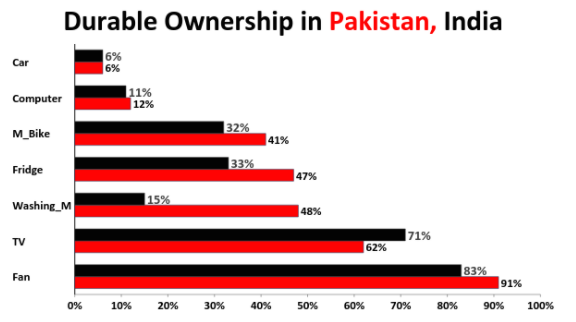
|
| Durables Ownership in India and Pakistan. Source: KSBL |
India-Pakistan Comparison:
Dr. Jawaid Abdul Ghani, a professor at Karachi School of Business Leadership, has recently analyzed household surveys in India and Pakistan to discover the following:
1. As of 2015, car ownership in both India and Pakistan is about the same at 6% of households owning a car. However, 41% of Pakistani household own motorcycles, several points higher than India's 32%.
2. 12% of Pakistani households own a computer, slightly higher than 11% in India.
3. Higher percentage of Pakistani households own appliances such as refrigerators (Pakistan 47%, India 33%), washing machines (Pakistan 48%, India 15%) and fans (Pakistan 91%, India 83%).
4. 71% of Indian households own televisions versus 62% in Pakistan.
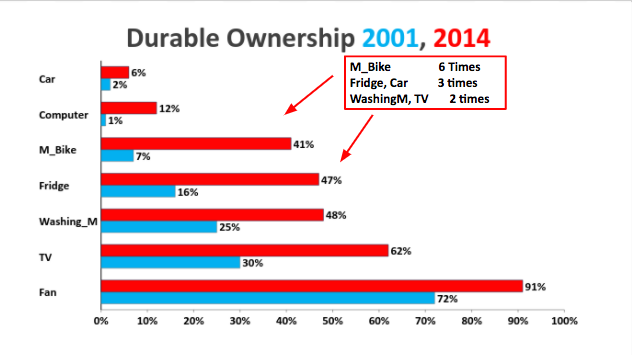
|
| Durables Ownership Growth in Pakistan. Source: KSBL |
Dr. Abdul Ghani has also analyzed household data to show that the number of Pakistani households owning washing machines has doubled while car and refrigerator ownership has tripled and motorcycle ownership jumped 6-fold from 2001 to 2014.
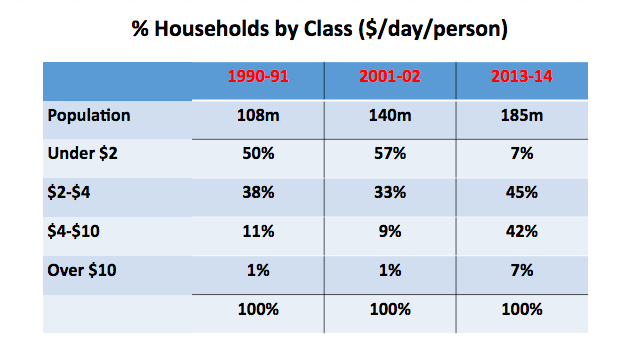
|
| Income/Consumption Growth in Pakistan. Source: KSBL |
Rapid Income Growth:
Rising ownership of durables in Pakistan has been driven by significant reduction in poverty and growth of household incomes, according to Dr. Abdul Ghani's research. Households with per capita income of under $2 per day per person has plummeted from 57% in 2001 to 7% in 2014. At the same time, households earning $2 to $10 per day per person has soared from 42% of households in 2001 to 87% of households in 2014. Those earning over $10 per day per person has jumped 7-fold from 1% of households in 2001 to 7% of households in 2014.
Pakistani Middle Class:
Only 5% of Pakistanis in $2-$4 per day per person income group have college degrees. But 20% of those in $4-$10 have college degrees, according to the survey results.
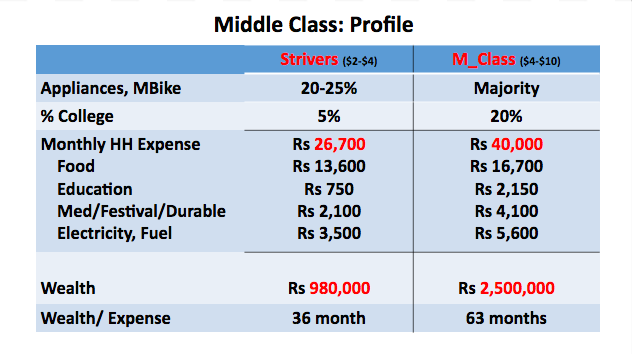
|
| Pakistan Middle Class Profile. Source: KSBL |
Credit Suisse Income and Wealth Data:
Average Pakistani adult is 20% richer than an average Indian adult and the median wealth of a Pakistani adult is 120% higher than that of his or her Indian counterpart, according to Credit Suisse Wealth Report 2016. Average household wealth in Pakistan has grown 2.1% while it has declined 0.8% in India since the end of last year.
Median wealth data indicates that 50% of Pakistanis own more than $1,180 per adult which is 120% more than the $608 per adult owned by 50% of Indians.
GDP Estimates Using Household Survey Data:
Pakistan's GDP calculated from consumption data in PSLM is significantly higher than the government estimates based on production data. The reverse is true of Indian GDP.
M. Ali Kemal and Ahmed Waqar Qasim, economists at Pakistan Institute of Development Economics (PIDE), explored several published different approaches for sizing Pakistan's underground economy and settled on a combination of PSLM (Pakistan Social and Living Standards Measurement) consumption data and mis-invoicing of exports and imports to conclude that the country's "informal economy was 91% of the formal economy in 2007-08".
Prominent Indian economists Abhijit V Banerjee, Pranab Bardhan, Rohini Somanathan and TN Srinivasan teaching at MIT, UC Berkeley, Yale University and Delhi School of Economics believe that India's GDP estimate based on household survey (National Sampling Service or NSS) data is about half of what the Indian government officially reports as India's GDP.
Who is Dr. Jawaid Abdul Ghani?
The PSLM household data cited in this blog post is taken from a recent presentation made by Dr. Jawaid Abdul Ghani at the Karachi School of Business and Leadership (KSBL) where he teaches. KSBL has been established in collaboration with Cambridge University's Judge Business School. Prior to his current faculty position, Dr. Abdul Ghani taught at MIT's Sloane School of Management and Lahore University of Management Sciences (LUMS). He has a computer science degree from MIT and an MBA from Wharton Business School.
Summary:
Pakistan has managed to significantly reduce poverty and rapidly grow its middle class since 2001 in spite of major political, security and economic challenges. The foundation for the rise of the middle class was laid on President Musharraf's watch by his governments decisions to invest in education and infrastructure projects that led to expansion of both human and financial capital. My hope is that the continued improvement in security and implementation of China-Pakistan Economic Corridor (CPEC) related projects will bring in higher long-term investments and accelerate Pakistan's progress toward a prosperity for all of its citizens.
http://www.riazhaq.com/2017/05/comparing-ownership-of-appliances-and.html





 Maryam Nawaz Sharif
Maryam Nawaz Sharif 

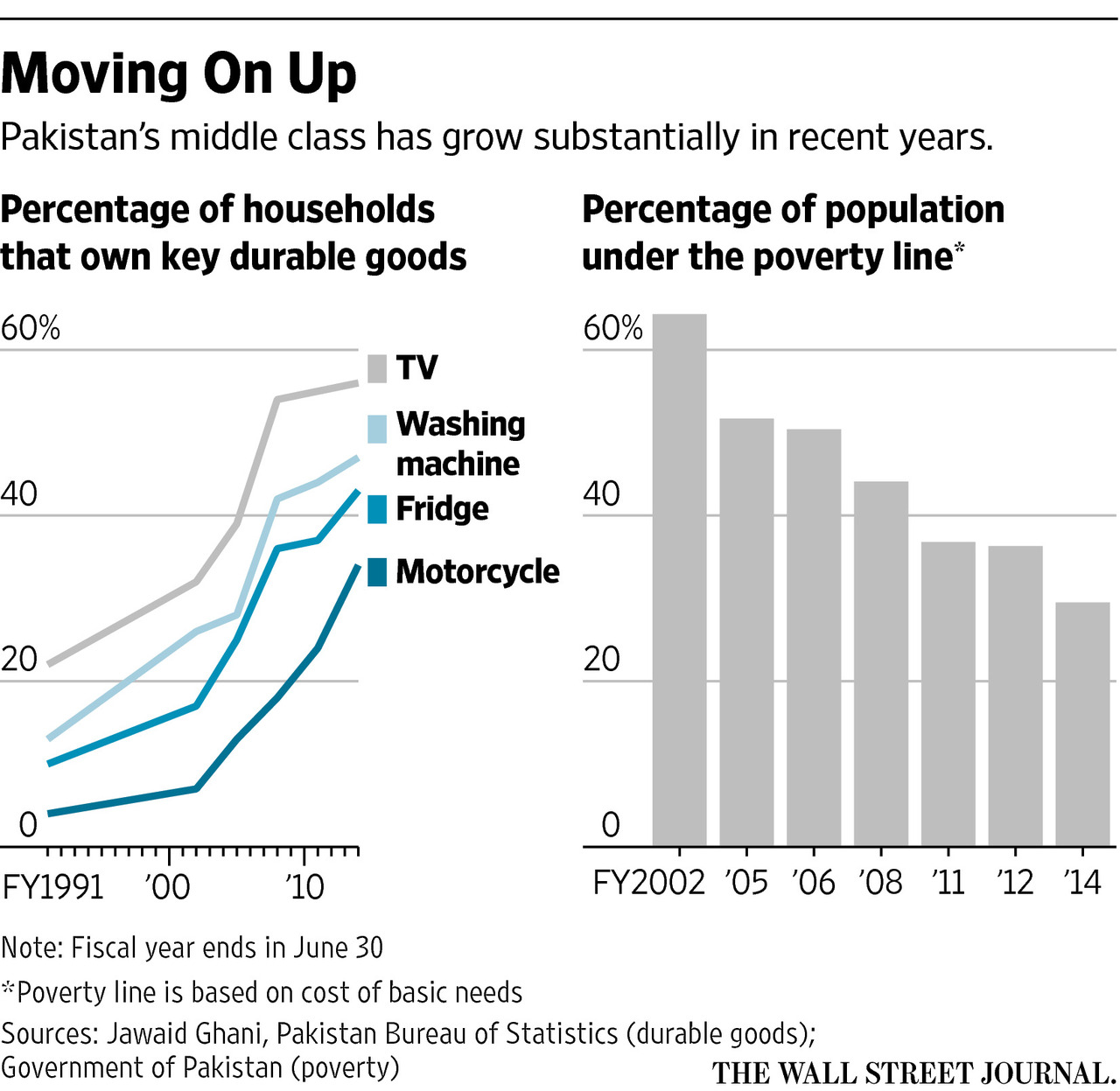

 Reply
Reply



